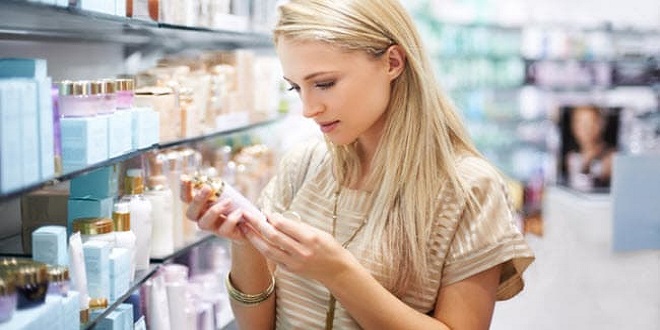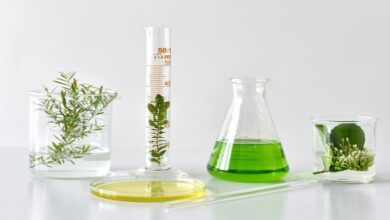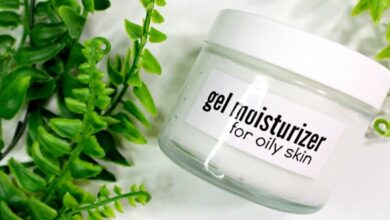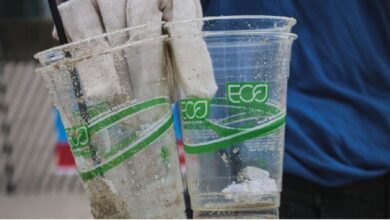Twelve Lessons in Smart Beauty Shopping

Choosing a new beauty product is an exciting, rewarding process. Many of us, including me, buy a new lipstick or moisturizer as a reward. How many times have you bought a lip-gloss to treat yourself to weeklong abstinence from some of life’s guilty pleasures (such as ice cream, booze, bickering with in-laws, online gaming, eBay hunting, or too much impulse shopping)? I cannot count how many pretty rose lippies I have collected this way. Each one is like a badge of honor, and I cherish them.
Yet all this excitement and pleasure of finding another age-delaying magic potion can get slashed by the disappointment caused by yet another shattered hope. The shimmery rose lipstick may leave lips dry; the flowery-smelling, green tea–loaded lotion ignites a constellation of pimples right in the middle of a cheek; the sexy, powdery scent of a most wanted fragrance will send you (and a few dozen passengers in a subway train) sneezing and wiping away tears. You lost money since you cannot find the receipt to return the irksome stuff. Besides, who has the time and courage to face the sleek cunning of a salesperson who hates to lose her commission?
Scan Ingredients Lists with Graceful Ease
The best way to shop for skincare products is to become ingredient-wise. You have to stop being afraid of the fine print and learn to read product labels to determine good and bad product ingredients, so you can select skincare products that are most beneficial for you.
Quickly scanning the ingredients list for offending substances is probably the most important skill you have to master. Being able to quickly decipher the ingredients list instead of listening to a salesperson’s chatter will save you money, time, and frustration. I have long lost count of how many times a salesperson offered me “completely natural” stretch mark butter or eye cream, even while the ingredients list was bursting with parabens, PEGs, and formaldehyde preservatives.
Understand What You Are Paying For
Before you ever reach for your hard-earned cash, keep this in mind: of every dollar paid for mass-market skincare, sixty cents goes to the manufacturer and forty cents goes to the retailer. No matter what you buy a pair of jeans or a lawnmower the proportion remains pretty much the same.
Manufacturers pay for production, packaging, storage, and transportation. For eighteen cents, they hire smart marketing advisers who tell them how to make women pay $50 for 1 ounce of petrochemicals, preservatives, and synthetic fragrances. These marketing geniuses hire teenage models or starlets to market the product to forty-year-olds. Eleven cents goes toward packaging.
a team of artists is picked to design a stylish, expensive-looking bottle. Two cents pays for interest and other boring things, and eighteen cents pays for salaries and cover administrative expenses. The retailer pays the rent, designs attractive window displays, and gives gift bags to the media to make them write about the new store event. Forty cents pays salaries to salespeople, bookkeepers, and security guys.
Learn from Celebrities; Don’t Copy Them
The celebrity factor is strongest when it comes to beauty. I am no exception. I tried Dr. Hauschka’s toner when I first saw it in the movie Zoolander; I started buying Jurlique when Madonna said she was using it; I go gaga over Creed perfumes, not just because of their heavenly compositions and staying power, but also because of the royal fleur that oozes from their crystal bottles. And if I, a seasoned beauty reviewer, am not immune to the celebrity factor, let’s admit it: people who are not in the business are far more vulnerable. Many women buy lipsticks because they look good on an actress they love, or shampoos because they love her hair. If you are size eight, would you buy a pair of jeans in size two only because your favorite actress wears them? Following celebrities’ leads in cosmetics is just as stupid.




